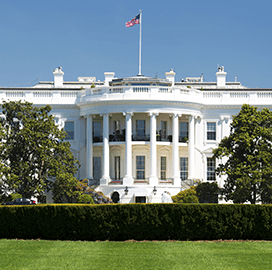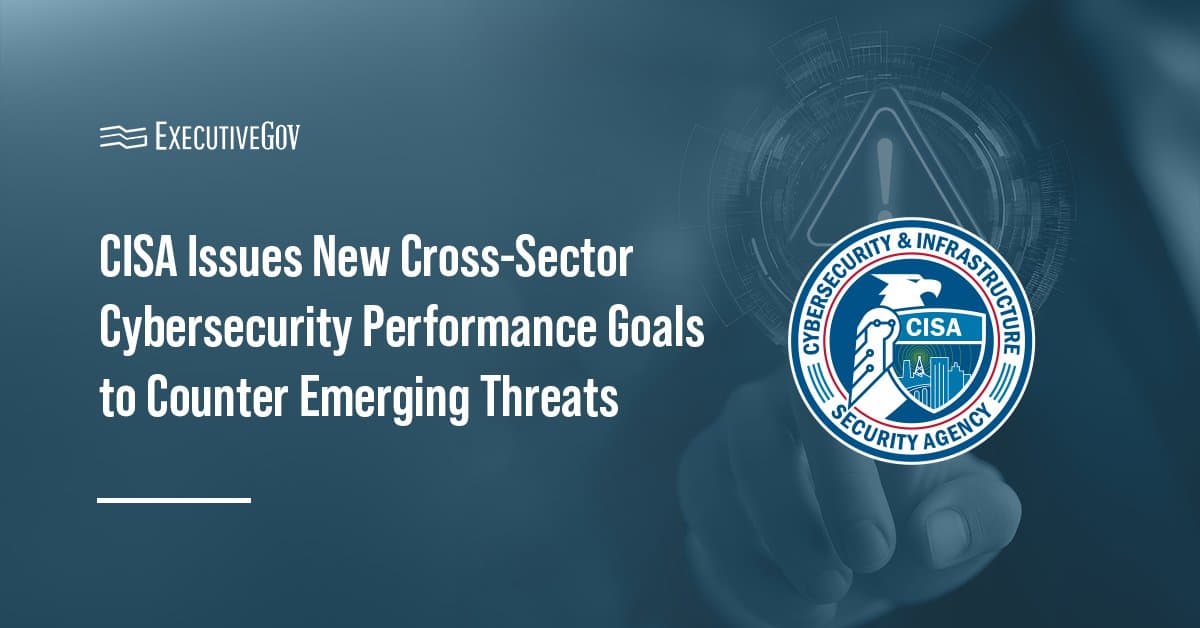The Biden-Harris administration has published its National Cybersecurity Strategy, which is intended to alter the way the U.S. views the cyber landscape and use the evolving space to further its priorities.
Guided by two foundational objectives – rebalancing the responsibility to defend cyberspace and realigning incentives to favor long-term investments – the strategy details a pathway toward a defensible, resilient and values-aligned approach to cybersecurity, the White House said in a fact sheet published on Thursday.
To bring the full vision to fruition, the White House has laid out five pillars meant to foster collaboration, the first of which is to defend critical infrastructure.
With a goal of building the public’s confidence in the availability and resilience of critical infrastructure, this aspect of the strategy calls for an expansion of the use of minimum security requirements in critical sectors, the facilitation of partnerships between government and industry and the defense and modernization of federal networks.
By leveraging “all instruments of national power,” the strategy aims to disrupt and dismantle threat actors by strategically using all applicable tools to disrupt adversaries while involving the private sector and mitigating the ransomware threat.
In its efforts to reduce risk, the White House plans to “shift the consequences of poor cybersecurity away from the most vulnerable” to establish a “more trustworthy” digital ecosystem by bolstering the privacy and security of personal data, supporting secure development processes and making sure that federal grant programs back secure and resilient infrastructure.
Investing in a resilient future is another core part of the strategy. This pillar’s priorities include minimizing systemic technical vulnerabilities in the digital ecosystem, prioritizing related research and development and building a “diverse and robust” national cyber workforce.
The White House also intends to cultivate international connections through its strategy by helping partners upgrade their defenses against cyber threats, working to ensure joint preparedness and response and creating secure global supply chains for cybersecurity-related needs.
According to the fact sheet, the administration has already begun implementing the new strategy.





